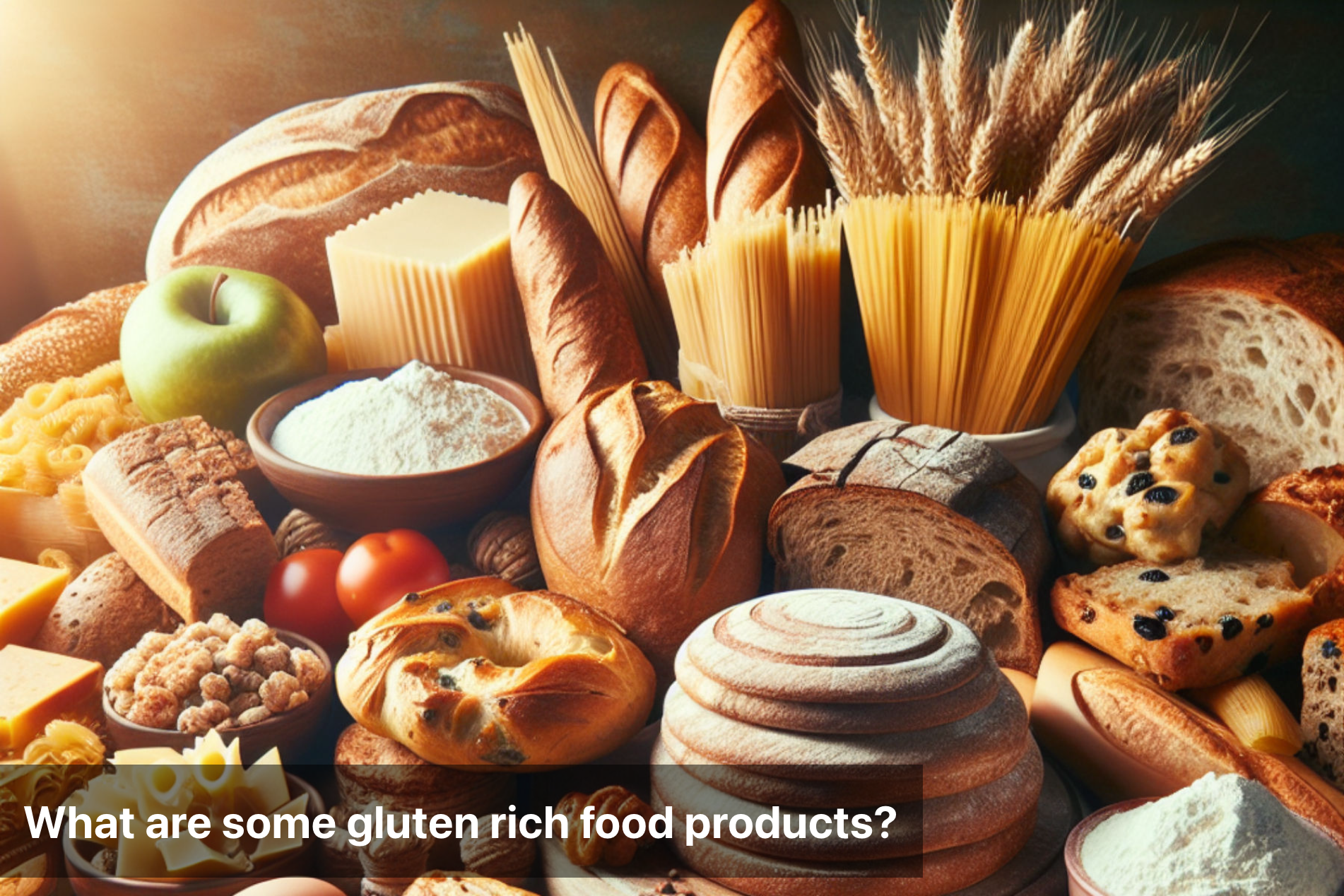
What are some gluten rich food products?
Gluten is a type of protein found in wheat, barley, and rye. Its sticky properties give dough elasticity, helping it rise and maintain its shape during baking. However, for some individuals, gluten can lead to health issues like celiac disease or gluten sensitivity.
When consumed by those with celiac disease, an autoimmune condition, gluten triggers an immune response damaging the small intestine lining. This can lead to various symptoms like abdominal pain, bloating, fatigue, and skin rashes. Even for individuals without celiac disease, gluten sensitivity can cause similar symptoms, although it does not involve the immune system.
It's crucial to be aware of gluten in food items to prevent adverse reactions. Gluten-rich foods include bread, pasta, cereals, and baked goods. Reading food labels is essential as gluten can hide in unexpected sources such as sauces, condiments, and processed foods. Being knowledgeable about gluten and its effects allows individuals to make informed dietary choices, ensuring their well-being. A gluten-free diet may be necessary for individuals with celiac disease or gluten sensitivity to manage their health effectively.

What is Gluten?
-
Gluten is a protein found in wheat, barley, and rye. It acts as a glue that gives dough its elasticity, helping it rise and maintain its shape. This protein can trigger adverse reactions in some individuals, particularly those with celiac disease or gluten sensitivity. It is essential to understand where gluten hides and the variety of products it can be found in.
-
When we think of gluten, common foods like bread, pasta, and cereals come to mind. These staples are major carriers of gluten, making them off-limits for gluten-sensitive individuals. In addition to these obvious sources, many baked goods, such as cakes, cookies, and pastries, also contain gluten. It's crucial to carefully read labels and ingredient lists to identify hidden sources of gluten in these products.
-
Furthermore, sauces, condiments, and processed foods can sneakily harbor gluten. Items like soy sauce, salad dressings, and soups may contain gluten in the form of additives or thickening agents. This underscores the importance of scrutinizing labels and opting for gluten-free alternatives when necessary.
Understanding the wide range of food products that may contain gluten empowers individuals to make informed dietary choices. Whether you have a gluten-related condition or are simply seeking to reduce gluten consumption, being mindful of where gluten lurks can positively impact your health and well-being.
Gluten-Rich Food Products
|
Food Product |
Estimated Gluten Content |
|---|---|
|
Wheat Flour |
8-14g gluten per 100g |
|
Barley |
5-8g gluten per 100g |
|
Rye |
3-6g gluten per 100g |
|
Bread |
7-12g gluten per 100g |
|
Pasta (made from wheat) |
8-13g gluten per 100g |
|
Couscous |
10-15g gluten per 100g |
|
Seitan (Wheat Gluten) |
75-80g gluten per 100g |
|
Crackers |
8-10g gluten per 100g |
|
Beer (made from barley) |
1-3g gluten per liter |
|
Cakes and Pastries |
6-12g gluten per 100g |
-
Gluten content can vary slightly based on the specific type of wheat, barley, or rye used, as well as the processing method.
-
Seitan is an example of a product made almost entirely of gluten, making it extremely gluten-rich.
-
Beer contains gluten depending on the type of grain used, though some brands offer gluten-free alternatives.
Hidden Sources of Gluten
-
Sauces and Condiments: Soy sauce, teriyaki sauce, malt vinegar, and some salad dressings may contain gluten due to wheat-based thickeners.
-
Processed Meats: Hot dogs, sausages, deli meats, and meat substitutes like veggie burgers can contain gluten as binders or fillers.
-
Pre-Packaged Soups and Broths: Many contain wheat-based thickeners or stock cubes with gluten.
-
Gravy and Seasoning Mixes: Gluten is often used as a thickener in gravies, spice blends, and seasoning packets.
-
Candy and Chocolates: Some brands use gluten-containing additives such as malt, or flour in fillings and coatings.
-
Flavored Chips and Snacks: While plain chips may be gluten-free, flavored varieties often use gluten-containing flavorings or additives.
-
Imitation Seafood: Surimi, a common ingredient in imitation crab, often contains wheat-based fillers.
-
Baking Powders and Mixes: Certain brands of baking powder or pre-mixed baked goods contain gluten-based ingredients.
-
Medications and Supplements: Gluten can be present as a binding agent in some pills and capsules.
-
Salad Dressings and Marinades: Some use wheat-based thickeners or flavorings that include gluten.
-
Beer and Alcoholic Drinks: Regular beer is brewed from barley or wheat, which contains gluten, although gluten-free beer options are available.
-
French Fries and Fried Foods: While potatoes are gluten-free, cross-contamination in shared fryers or batter coatings can introduce gluten.
-
Oats: Though oats are naturally gluten-free, they are often processed in facilities that handle wheat, leading to cross-contamination unless labeled gluten-free.

Which Food Items Are Gluten-Heavy?
Being mindful of gluten and its presence in food items is crucial for individuals who need to avoid it due to health reasons. By understanding what gluten is and being aware of where it can be found, one can make more informed and healthier dietary choices.
It is essential to recognize that gluten is commonly present in various food products, including bread, pasta, cereals, and baked goods. These gluten-rich foods can have a significant impact on individuals with gluten sensitivities or celiac disease.
Moreover, hidden gluten sources like sauces, condiments, and processed foods might often go unnoticed but can have adverse effects on those who are intolerant to gluten. Hence, reading labels and being vigilant while selecting food items is paramount to avoid inadvertent consumption of gluten.
Maintaining a gluten-free diet can positively impact the health and well-being of individuals who are sensitive to gluten. By choosing gluten-free alternatives and staying informed about high gluten foods, one can better manage their dietary needs and lead a healthier lifestyle.
This Blog post is an initiative by Lo! Foods, to provide accurate and Nutritionist / Doctor approved information related to Health. Lo! Foods is India's leading brand for Everyday Functional Foods. Foods designed for specific Health conditions or Needs. Lo! Foods also runs India's largest range of Low Carb Healthy Cloud Kitchens, under the brand names of Lo!, ProteinChef, ATH (All Things Healthy) and DiabeSmart.
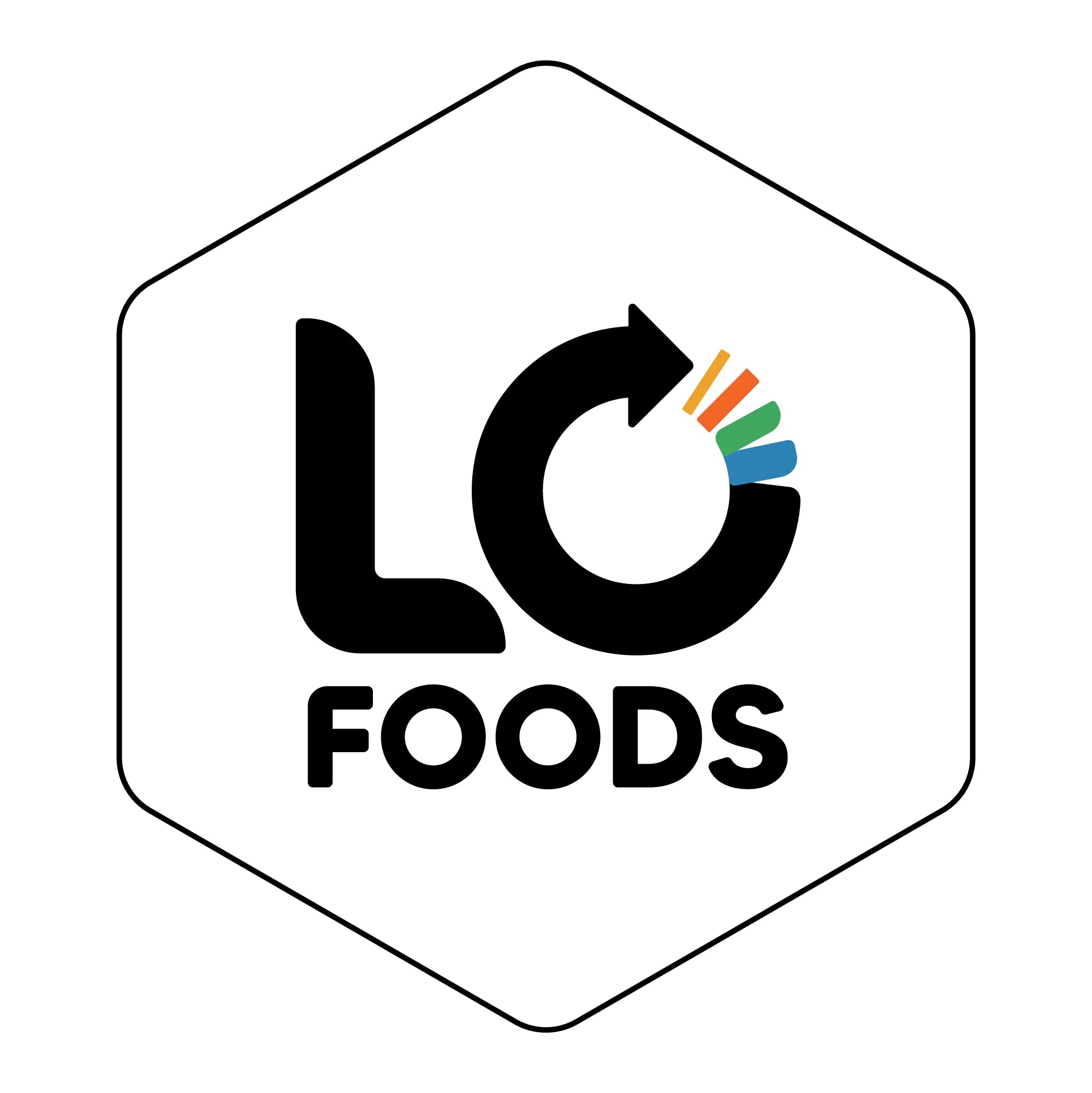


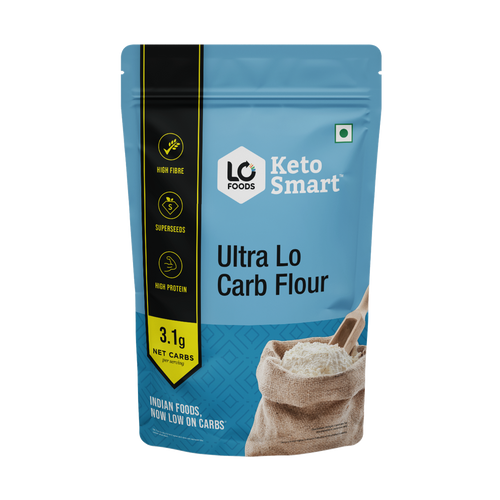
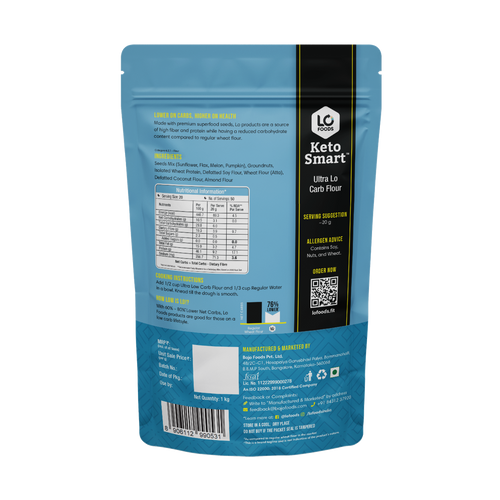
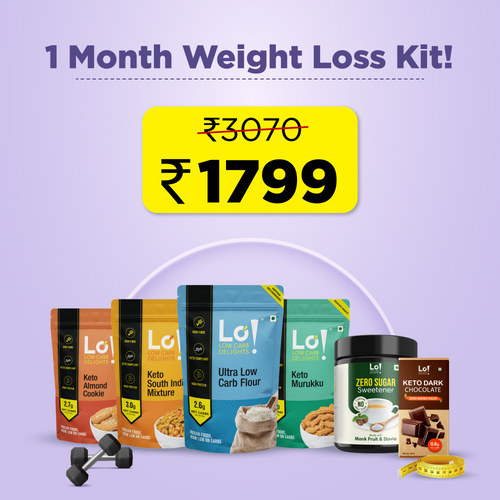
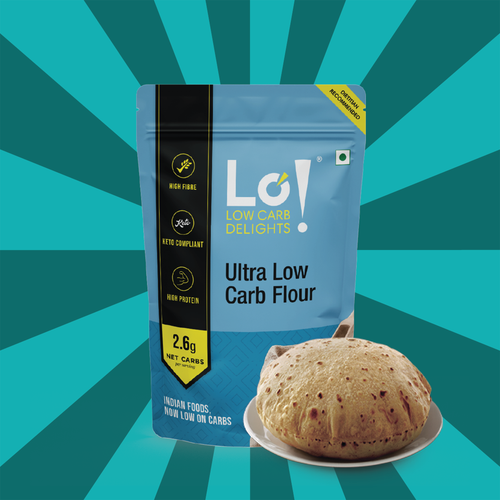


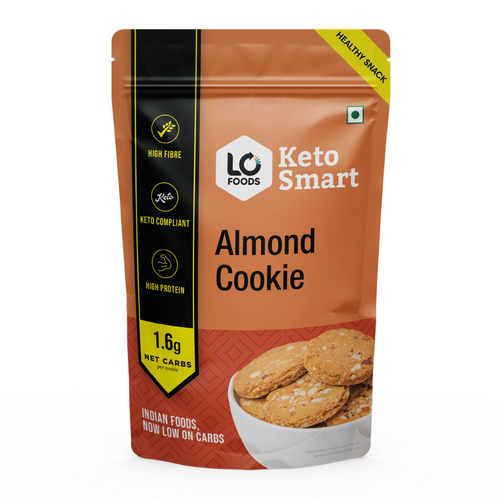



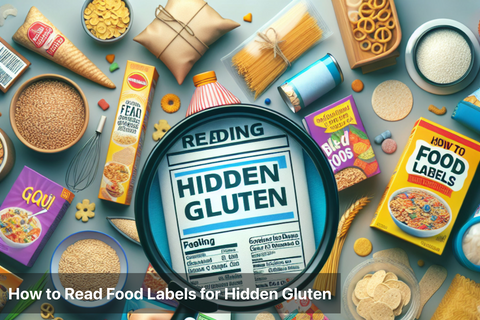
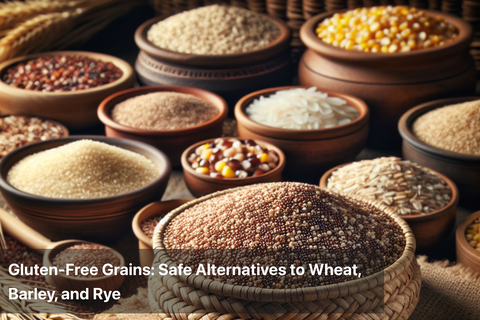
Leave a comment
Your email address will not be published.